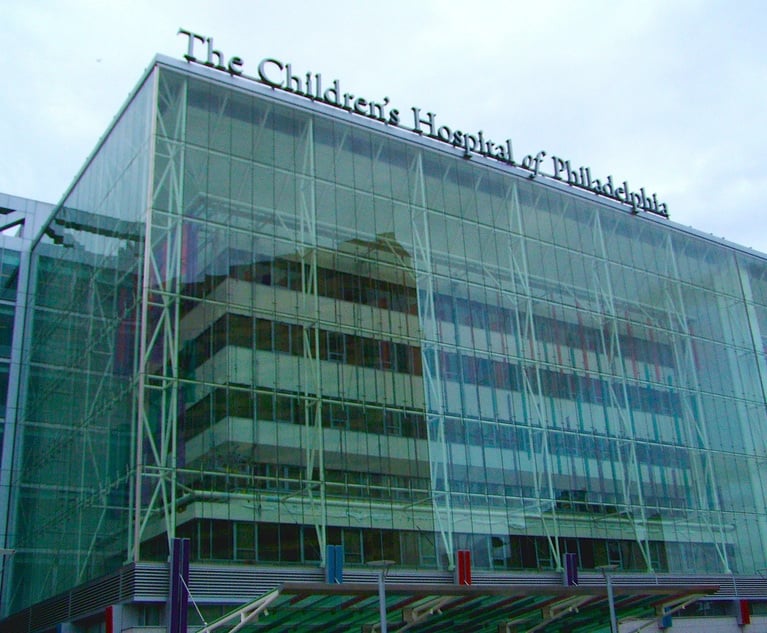A year ago, in October 2020, I authored an article titled, “The Students Most Affected by the New Era of School Choice.” This Legal Intelligencer article outlined how the novel coronavirus (COVID-19 or the pandemic) impacted the educational placements of students, especially students with disabilities, given the expansion of learning options due to the pandemic. A year ago such educational options included: in-person instruction for a full five days a week; in-person instruction on an alternating schedule, remote instruction for those days when students were not in physical attendance; staggered in-person instruction between morning and afternoon sessions; or fully remote. As I wrote, “The landscape of education did not escape [the impact of COVID-19] and its profile is also impacted by these COVID-19 dynamics—on the one hand forcing parents and students out of their comfort zones, routines, and preferences, and on the other, ushering in a new genre of school choice.”
What does the landscape look like a year later? Modes of educational delivery are prisoner to the political rifts reflected in the blue and red pattern that reflects the state of our country. The stakes have seemingly risen: who and how many involved in education will be affected by the pandemic-focused health and safety responses of local and state government this year? The answers to this question, if posed last year, would have focused primarily on the pandemic’s impact on students: learning loss; lack of engagement; isolation; loss of social and ceremonial opportunities (such as graduation ceremonies and proms) and social, emotional and mental health deficits. Coming in second would have been parents and teachers, followed closely by school administrators—all of whom were charged with building an airplane while it was flying; that is, revamping the landscape of education while delivering and coordinating instruction (yes, parents too). Though last school year’s abrupt shift from the classroom to the living room was uncomfortable, there was a general air of understanding of the difficulty among those affected. We were, of course, in the midst of a pandemic.


 Leigh E. Dalton of Stock and Leader (Photo: Courtesy Photo)
Leigh E. Dalton of Stock and Leader (Photo: Courtesy Photo)




